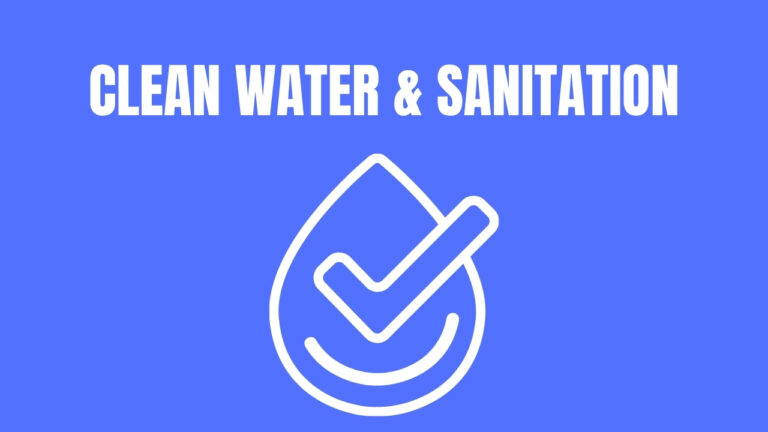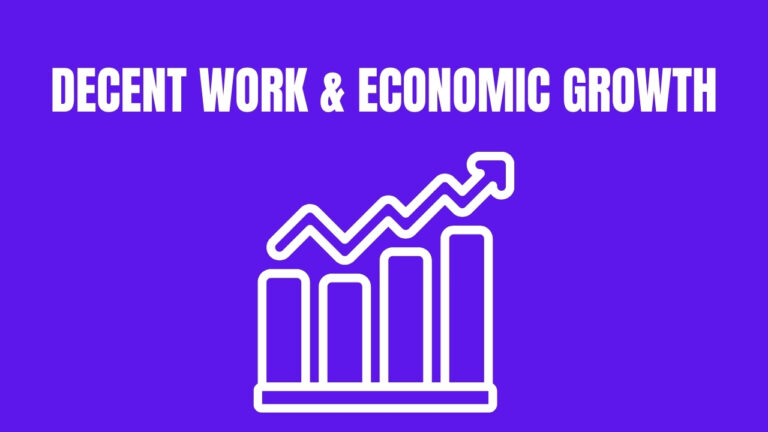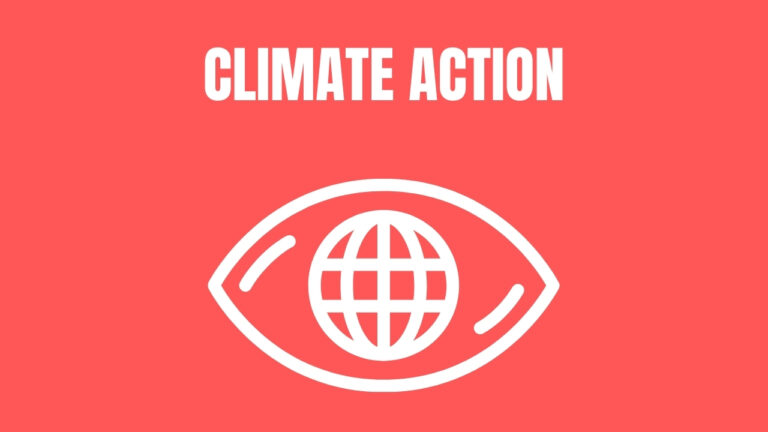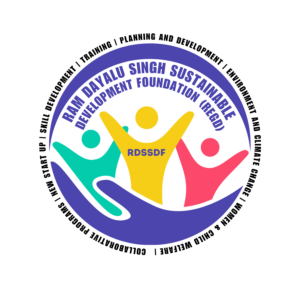Goal Overview
By 2030, ensure healthy lives and promote well-being for all at all ages.
Key Targets and Indicators
- By 2030, reduce the global maternal mortality ratio to less than 70 per 100,000 live births.
- Indicator: Maternal mortality ratio.
- By 2030, end preventable deaths of newborns and children under 5 years of age, with all countries aiming to reduce neonatal mortality to at least as low as 12 per 1,000 live births and under-5 mortality to at least as low as 25 per 1,000 live births.
- Indicator: Under-5 mortality rate.
- By 2030, end the epidemics of AIDS, tuberculosis, malaria, and neglected tropical diseases and combat hepatitis, water-borne diseases, and other communicable diseases.
- Indicator: Number of new HIV infections per 1,000 uninfected population.
- By 2030, reduce by one third premature mortality from non-communicable diseases through prevention and treatment and promote mental health and well-being.
- Indicator: Mortality rate attributed to cardiovascular disease, cancer, diabetes, or chronic respiratory disease.
- Strengthen the prevention and treatment of substance abuse, including narcotic drug abuse and harmful use of alcohol.
- Indicator: Coverage of treatment interventions for substance use disorders.
- By 2020, halve the number of global deaths and injuries from road traffic accidents.
- Indicator: Death rate due to road traffic injuries.
- By 2030, ensure universal access to sexual and reproductive health-care services, including for family planning, information and education, and the integration of reproductive health into national strategies and programs.
- Indicator: Proportion of women of reproductive age (aged 15-49 years) who have their need for family planning satisfied with modern methods.
- Achieve universal health coverage, including financial risk protection, access to quality essential health-care services, and access to safe, effective, quality, and affordable essential medicines and vaccines for all.
- Indicator: Coverage of essential health services.
- By 2030, substantially reduce the number of deaths and illnesses from hazardous chemicals and air, water, and soil pollution and contamination.
- Indicator: Mortality rate attributed to household and ambient air pollution.
Strategies and Actions
- Strengthen health systems: Invest in healthcare infrastructure, workforce, and essential services to ensure universal health coverage.
- Enhance disease prevention: Implement programs for vaccination, sanitation, and access to clean water to prevent communicable diseases.
- Promote healthy lifestyles: Encourage healthy eating, physical activity, and mental health awareness to reduce non-communicable diseases.
- Improve maternal and child health: Provide comprehensive healthcare services for women and children, including prenatal and postnatal care.
- Address environmental health risks: Reduce pollution and exposure to hazardous chemicals through regulations and clean-up efforts.
FAO Actions to Support Monitoring
- Training programs: Conduct training at regional and national levels on health data collection and analysis.
- Technical assistance: Offer technical support for integrating health modules into national surveys.
- Guidelines and materials: Develop guidelines for healthcare interventions and best practices.
- Expert meetings: Convene expert meetings to refine methodologies for health indicators.
- Webinars and workshops: Host webinars and workshops to train national health focal points on data reporting and analysis.
Conclusion
Ensuring good health and well-being for all is fundamental for sustainable development. By investing in healthcare systems, promoting healthy lifestyles, and addressing environmental health risks, we can improve life expectancy and quality of life globally. Together, we can achieve a healthier and more equitable world.





 Welcome to Ram Dayalu Singh Sustainable Development Foundation (RDSSDF), a beacon of hope and progress for the sustainable development of India. As a National Level Public Charitable Trust, it is dedicated to providing comprehensive support and innovative solutions.
Welcome to Ram Dayalu Singh Sustainable Development Foundation (RDSSDF), a beacon of hope and progress for the sustainable development of India. As a National Level Public Charitable Trust, it is dedicated to providing comprehensive support and innovative solutions.